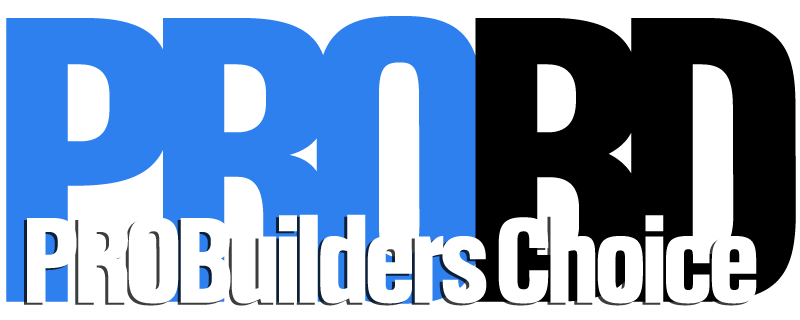According to the results of the Multifamily Market Survey (MMS) issued today by the National Association of Home Builders, while the two key confidence indices for multifamily housing climbed marginally in the fourth quarter, they both remained in negative territory (NAHB).
The MMS generates two distinct indices. The Multifamily Production Index (MPI) rose two points to 34 in the most recent quarter, while the Multifamily Occupancy Index (MOI) rose four points to 49.
On a scale of 0 to 100, the MPI assesses builder and developer attitude on current production conditions in the apartment and condo market. The index and all of its components are scaled so that a figure less than 50 indicates that more respondents report that conditions are deteriorating than improving.
The MPI is a weighted average of three key elements of the multifamily housing market: the construction of low-rent units (apartments supported by low-income tax credits or other government subsidy programs); market-rate rental units (apartments built to be rented at the market rate); and for-sale units (condominiums). The component measuring low-rent apartments climbed by five points to 41, the component measuring market rate apartments decreased by one point to 38, and the component measuring for-sale units stayed same at 23.
The MOI assesses the perception of occupancies in existing apartments in the multifamily housing market. It is a weighted average of current occupancy indexes for class A, B, and C multifamily units with a range of 0 to 100, with a break-even threshold of 50, and lower numbers indicating decreased occupancy. The MOI rose four points to 49, indicating that the market is nearing stability.
“Many developers continue to see strong demand for multifamily housing, but in some markets supply is catching up to demand,” Lance Swank, president and co-owner of Sterling Group, Inc. in Mishawaka, Ind., and chairman of NAHB’s Multifamily Council, made the statement. “In most markets, developers face challenges with regulatory costs and delays, and obtaining financing for new construction.”
“It is appropriate that multifamily developers are expressing some caution and that the MPI remains below 50, given the way starts have been outpacing completions,” NAHB Chief Economist Robert Dietz stated. “This is also consistent with NAHB’s forecast that multifamily production will slow measurably from the very strong rates it sustained through most of 2022.”










